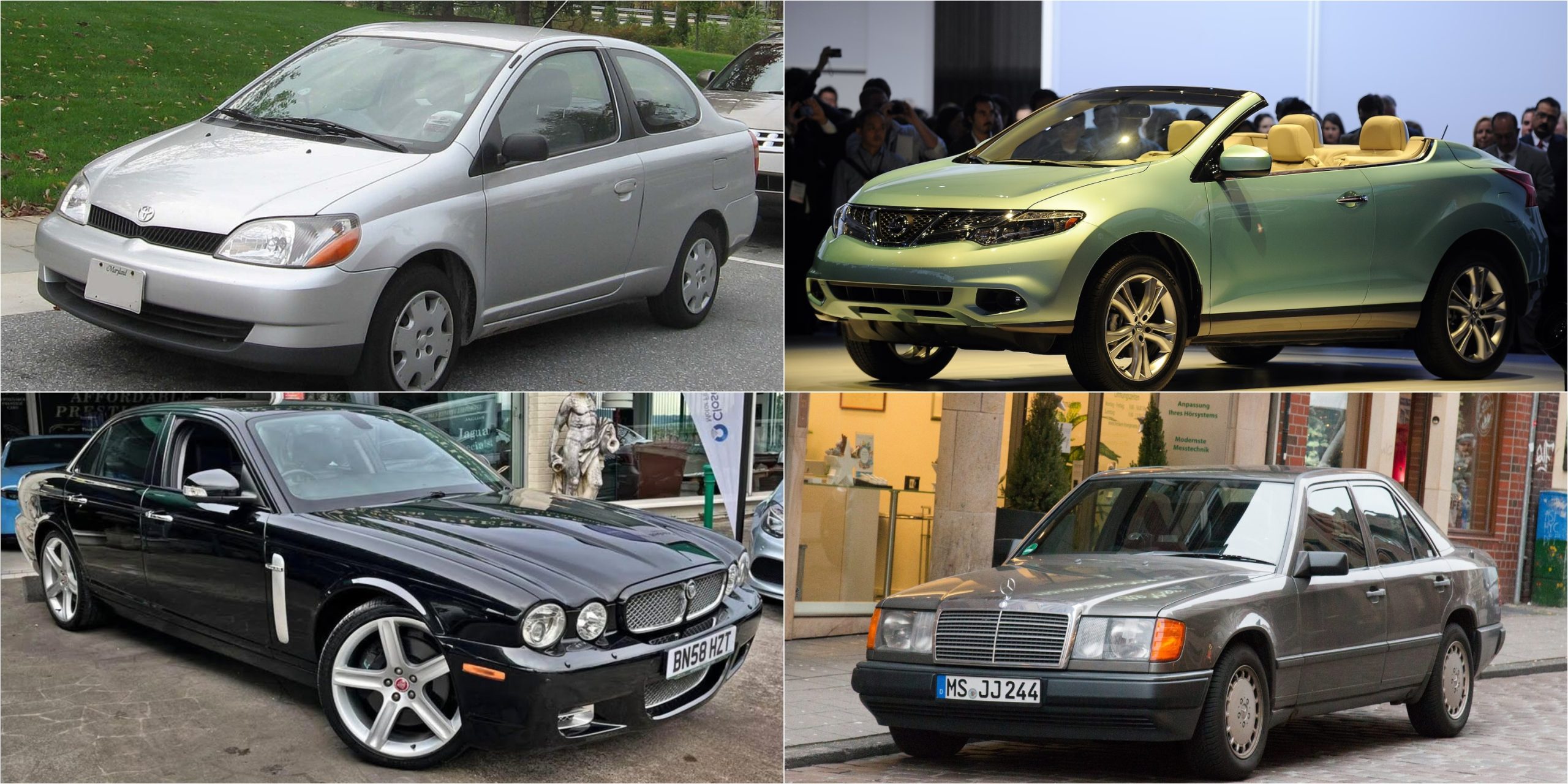When people think of a car’s appeal over time, they often focus on the exterior design, performance, or technological innovation. But one aspect that plays a subtle yet critical role in a car’s longevity, both in desirability and in value, is its interior.
Car interiors are where we spend the majority of our time as drivers or passengers, and their design, materials, and functionality can define whether a vehicle stands the test of time or becomes a dated relic.
Some cars age gracefully, maintaining an aura of luxury and refinement years or even decades after their release, while others feel like a time capsule of poor design choices the moment the next model year rolls out.
Interior design in automobiles involves more than aesthetics. It encompasses ergonomics, material quality, durability, and the integration of technology in a way that doesn’t scream “outdated” within a few years. The best interiors manage to blend contemporary design with a sort of universality—something that appeals across generations.
Meanwhile, the worst tend to over-commit to trends or use subpar materials that deteriorate with shocking speed. This article explores five cars with interiors that remain timeless, admired for their enduring design and quality, and contrasts them with five that have aged horribly, becoming outdated or downright unappealing.
In the following sections, we’ll examine both sides of the spectrum. From German engineering marvels to quirky American misfires, this list isn’t just about luxury versus economy—it’s about thoughtful design versus short-term thinking.
Each example includes a deep look at what makes or breaks an automotive interior over time, whether it’s the quality of materials, layout, technology, or just plain taste. Buckle up—we’re going on a ride through automotive design history.
Also Read: 10 Best Hybrid Cars of 2025 That Balance Fuel Efficiency, Reliability, and Everyday Comfort
5 Cars With Timeless Interiors
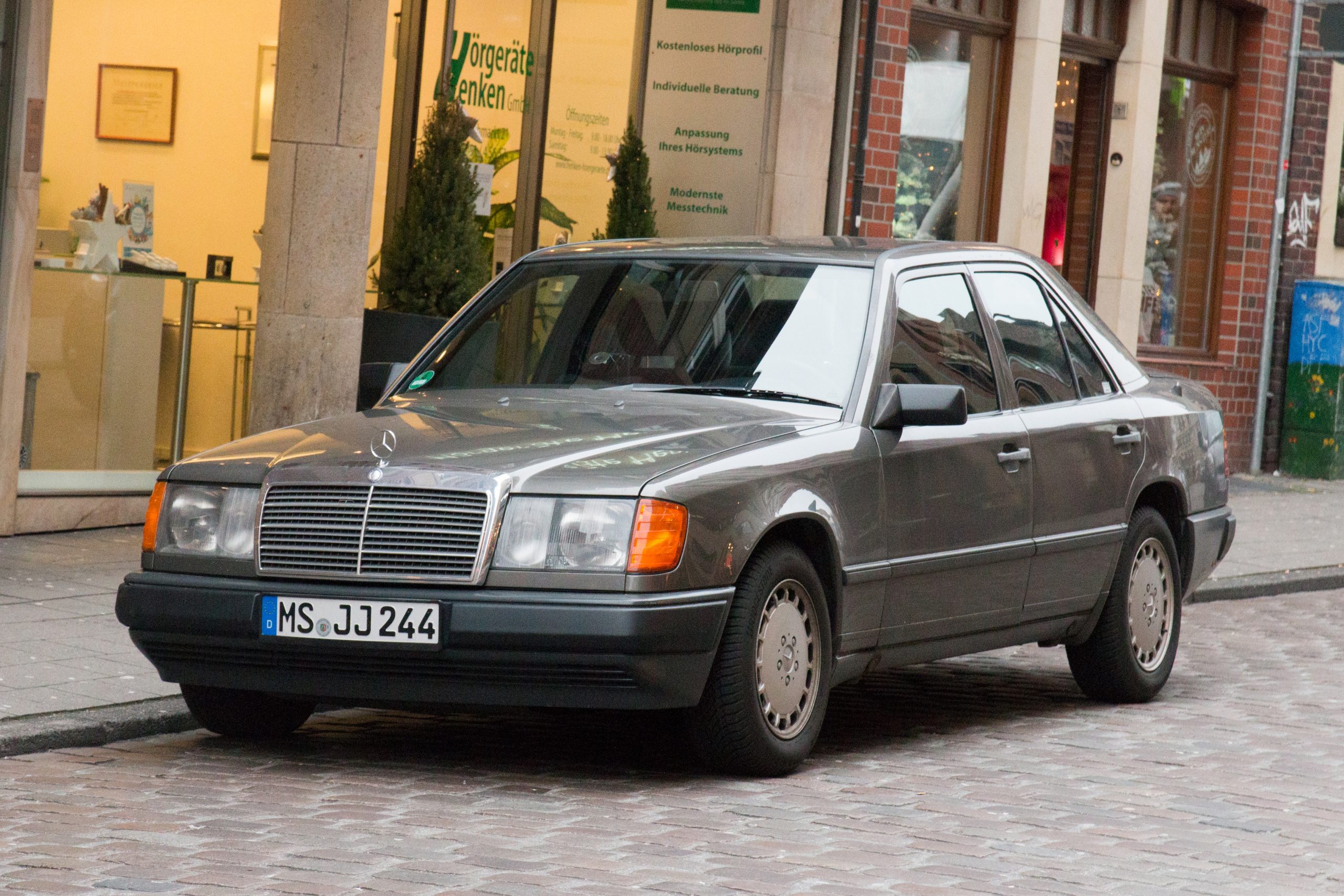
Mercedes-Benz W124 (E-Class, 1984–1995)
The W124 is often considered the last of the “over-engineered” Mercedes-Benz models, and that ethos extended beautifully into its interior. The layout is simple, intuitive, and feels just as functional today as it did in the mid-’80s.
With symmetrical lines, clear analog dials, and high-quality switchgear, it strikes a perfect balance between form and function. Even decades later, its layout feels refreshingly uncluttered and efficient compared to many modern dashboards overloaded with touchscreens and gimmicks.
What truly sets the W124 apart, however, is the quality of materials used. Leather, wood trim, and plastics were all selected for longevity rather than cost-cutting.
As a result, W124s with original interiors often look nearly new if they’ve been cared for. There’s a tactility to the buttons and switches that modern cars rarely replicate, offering a sense of permanence that transcends trends.
In an era when many car interiors quickly degrade or discolor, the W124 continues to age like fine wine. Finally, the ergonomics deserves a shout-out. Mercedes engineers focused heavily on intuitive controls, and it shows.
The climate controls are easy to use, the seats are supportive, and visibility is exceptional. In every sense, the W124 interior is a masterclass in how to create a space that is comfortable, durable, and classically beautiful.
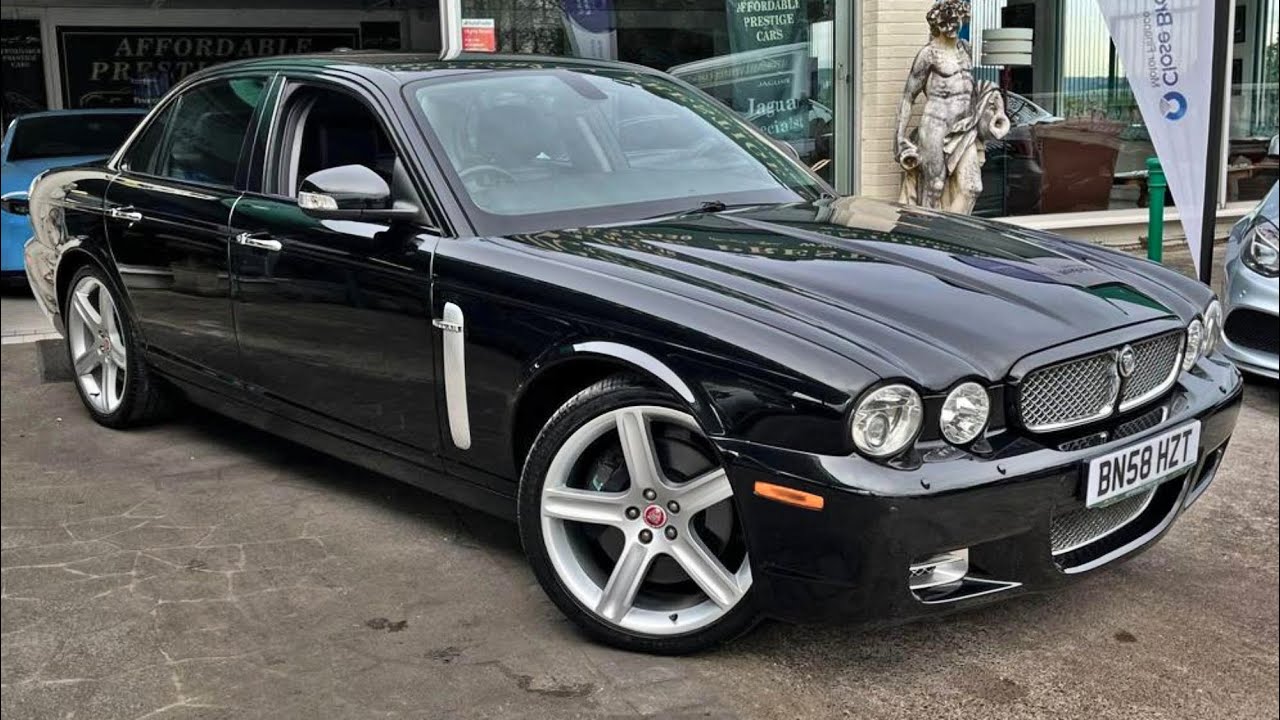
Jaguar XJ (X308, 1997–2003)
The Jaguar XJ (X308 generation) perfectly marries old-world charm with modern functionality. Even today, stepping into an X308 feels like entering a classic British gentleman’s club—sumptuous leather, hand-polished wood veneers, and a dash layout that evokes heritage without feeling old-fashioned.
Unlike many luxury cars that try to appear futuristic, the XJ leaned into tradition, and that choice has preserved its elegance through the years.
Its analog dials, chrome switchgear, and classic color palette contribute to a cabin that’s inviting and serene. There’s a warmth and depth to the materials used that is increasingly rare in contemporary luxury vehicles, where minimalism often borders on clinical.
Every surface you touch feels premium, and the level of craftsmanship is apparent. Even after two decades, a well-maintained X308 can rival the ambiance of many newer high-end sedans.
Another reason the X308 interior has aged so gracefully is that it didn’t chase fads. There are no tacky LEDs, overwrought infotainment systems, or gimmicky design elements.
Instead, it delivers an interior experience rooted in timeless appeal—something that feels luxurious now, and likely will decades from now.
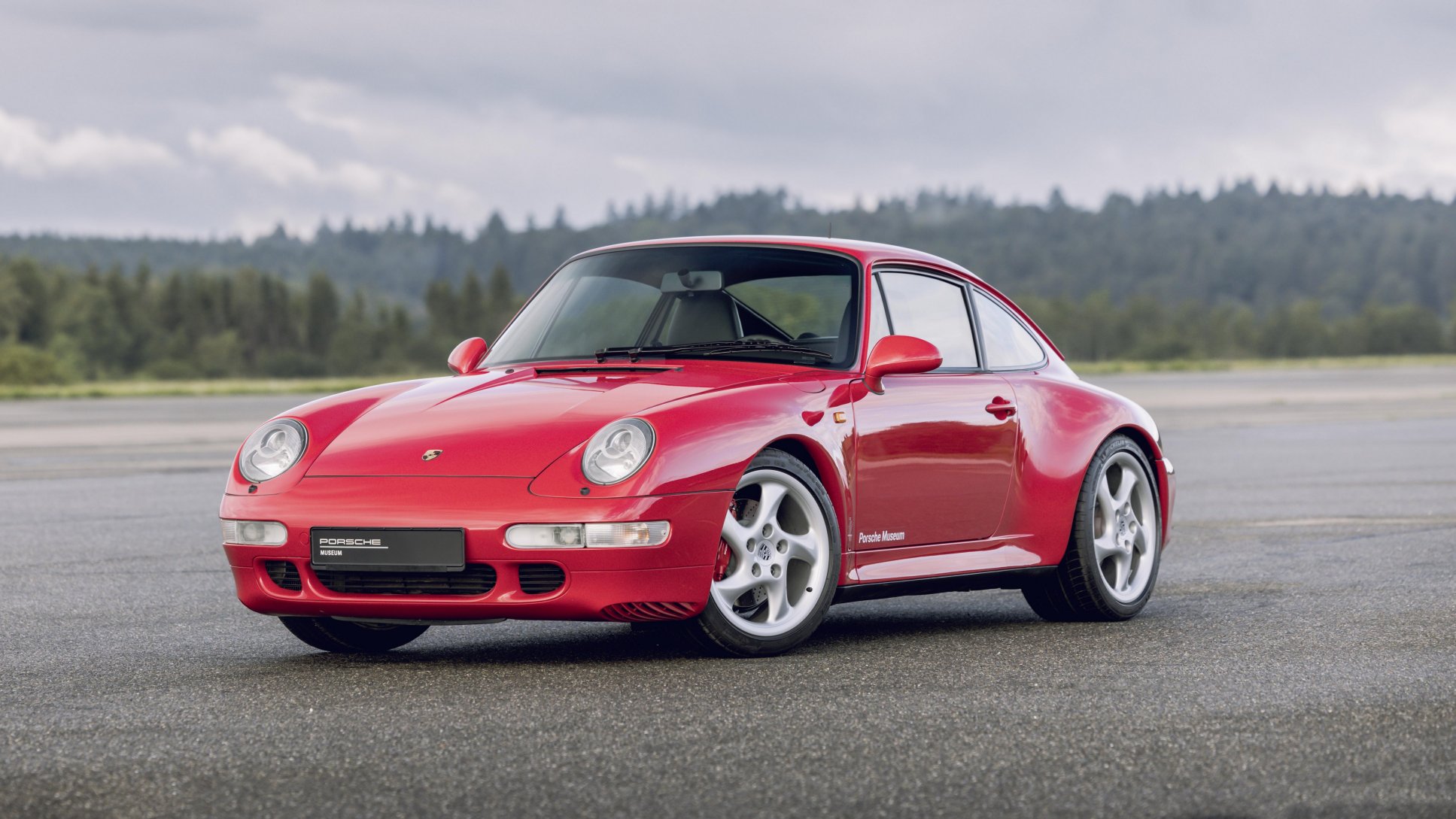
Porsche 911 (997 Generation, 2004–2012)
The Porsche 997 generation brought the 911 back to its roots after the more controversial 996, and nowhere is this more evident than in the cabin. The 997’s interior is clean, driver-focused, and finely crafted.
It achieves a timeless look by embracing simplicity and function over fleeting fashion. The center stack is laid out in a logical, symmetrical fashion, with quality materials and tactile controls that still feel satisfying to use today.
While it incorporated modern touches like navigation and multimedia systems, it did so in a way that didn’t dominate the dashboard. This restraint helped the 997 avoid the pitfall of looking outdated when tech inevitably advanced.
The use of leather, aluminum, and soft-touch plastics feels cohesive and upscale, and Porsche’s emphasis on precision and quality ensures that these materials wear well with time.
Another advantage of the 997’s interior is its adaptability. Whether you’re driving a base Carrera or a Turbo S, the interior feels tailored for performance without sacrificing comfort.
It’s a space that celebrates driving rather than distracting from it, which is why it continues to be celebrated by enthusiasts and collectors alike.
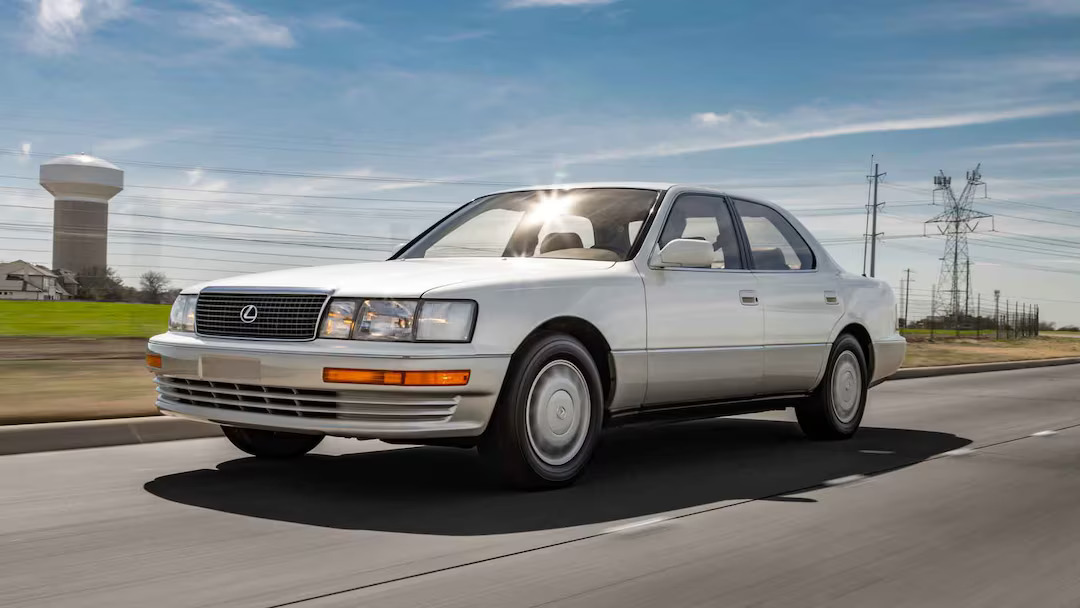
Lexus LS 400 (1989–1994)
The Lexus LS 400 is one of the most legendary debut models in automotive history, and a large part of that legacy is owed to its groundbreaking interior.
When it arrived in 1989, it shook the luxury car segment with a cabin that rivaled the best from Germany in terms of refinement, quietness, and material quality—at a fraction of the price. Over 30 years later, its interior still impresses.
The LS 400’s dashboard features clean lines, a user-friendly layout, and controls that are both logically placed and satisfying to use. It combines digital gauges with analog elements in a way that doesn’t feel dated, and the seats offer cloud-like comfort.
Attention to detail was meticulous—every button press and knob turn was engineered to feel smooth and deliberate. Even the HVAC system operated in near silence, a testament to Lexus’s obsessive focus on comfort.
What makes the LS 400 truly timeless, though, is how well the materials have aged. The leather remains supple, the wood trim avoids the yellowing or cracking seen in many contemporaries, and even the plastics show minimal wear.
This car didn’t just change the luxury game in the ’90s—it remains a benchmark for durability and thoughtful design.
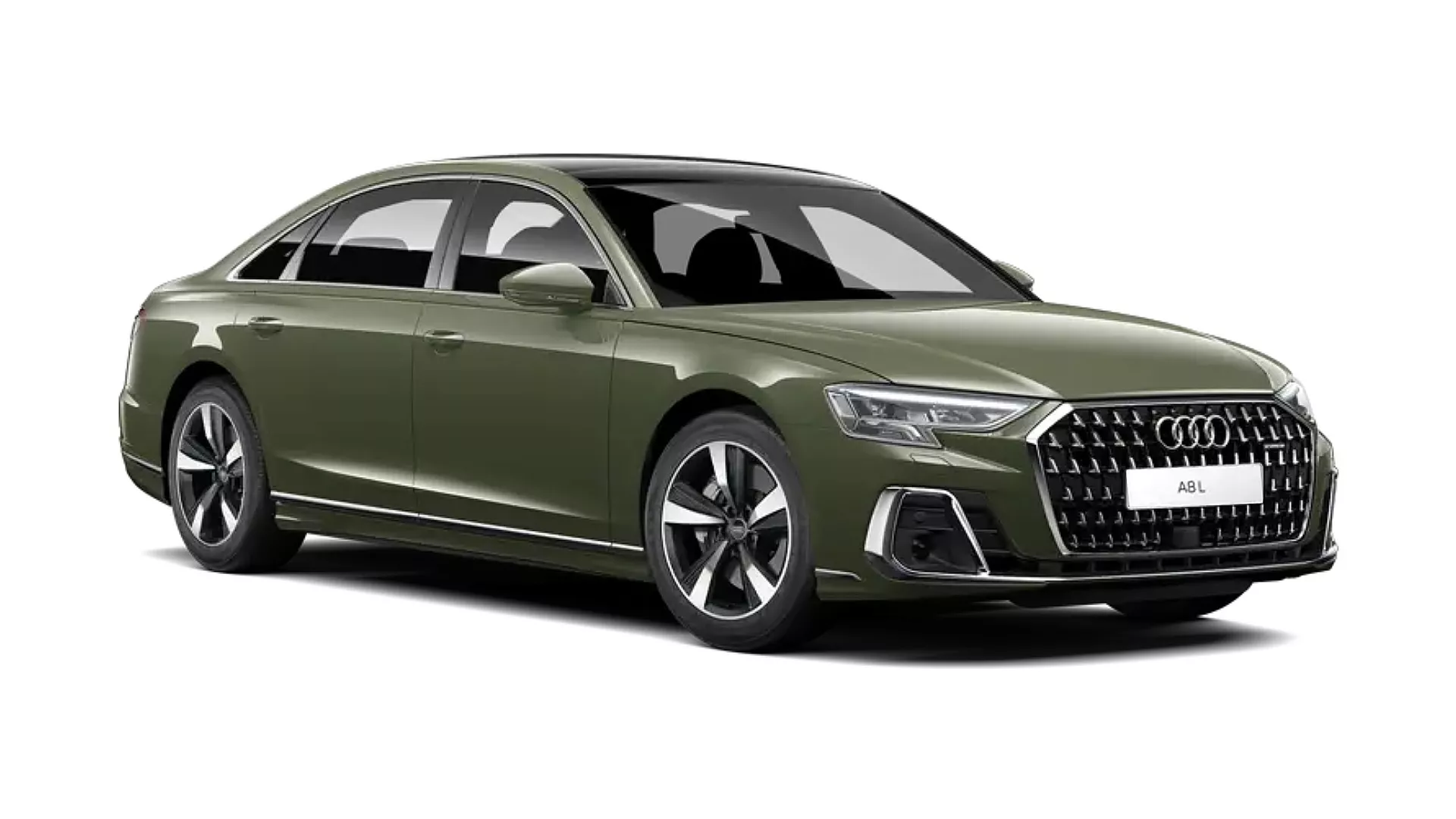
Audi A8 (D2, 1994–2002)
The original Audi A8 (D2) quietly redefined what a large luxury sedan could be, and its interior was a big part of that shift. It introduced the use of aluminum space frame construction, and this ethos of innovation extended inside.
The D2’s cabin featured an uncluttered, modernist aesthetic with high-end materials and precise German build quality. It’s a study in how subtlety and restraint can create a lasting impression.
The dashboard design is linear and functional, with clear red-backlit instrumentation and logically placed controls. It was ahead of its time in avoiding the button clutter that plagued many of its rivals.
Real wood accents and rich leather completed the look without going overboard. There’s a tactile quality to the controls and switchgear that reinforces the premium nature of the vehicle.
Even more than two decades later, the D2 A8 doesn’t feel out of place. It’s aged like a classic Bauhaus design—minimalist, purposeful, and stylish.
It wasn’t designed to dazzle in the showroom but to feel right over the long haul, and that’s precisely why it still stands tall today.
5 Cars That Age Horribly
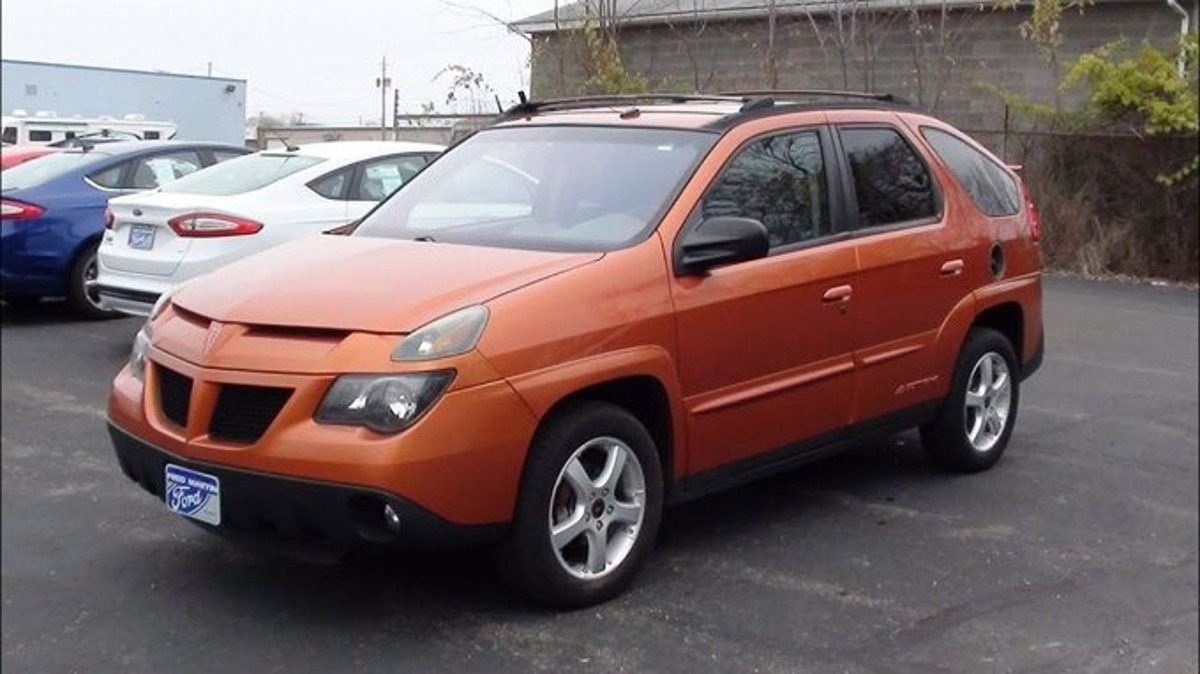
Pontiac Aztek (2001–2005)
The Pontiac Aztek is often cited as one of the most controversial cars ever built—and its interior did little to redeem it. Clunky, overly ambitious, and oddly proportioned, the Aztek’s cabin was a victim of trying to do too much without the finesse or resources to pull it off.
The dashboard layout was chaotic, with cheap plastics, strange angles, and awkward switch placement that made it feel more like a toy than a functional vehicle.
One of the biggest issues with the Aztek’s interior was its material quality. It relied heavily on hard plastics and fabrics that didn’t wear well.
Within just a few years, many owners reported fading, cracking, and peeling components. The seats, too, lacked comfort and durability, and the color choices were a baffling mix of gray, beige, and even mustard yellow in some trims, adding to the visual chaos.
Functionally, it had some interesting ideas—like a removable cooler and modular cargo area—but these innovations couldn’t overcome the overwhelmingly poor aesthetic and feel.
Today, even well-maintained Azteks look and feel outdated, a testament to how quickly bad design ages, no matter how innovative the intentions.
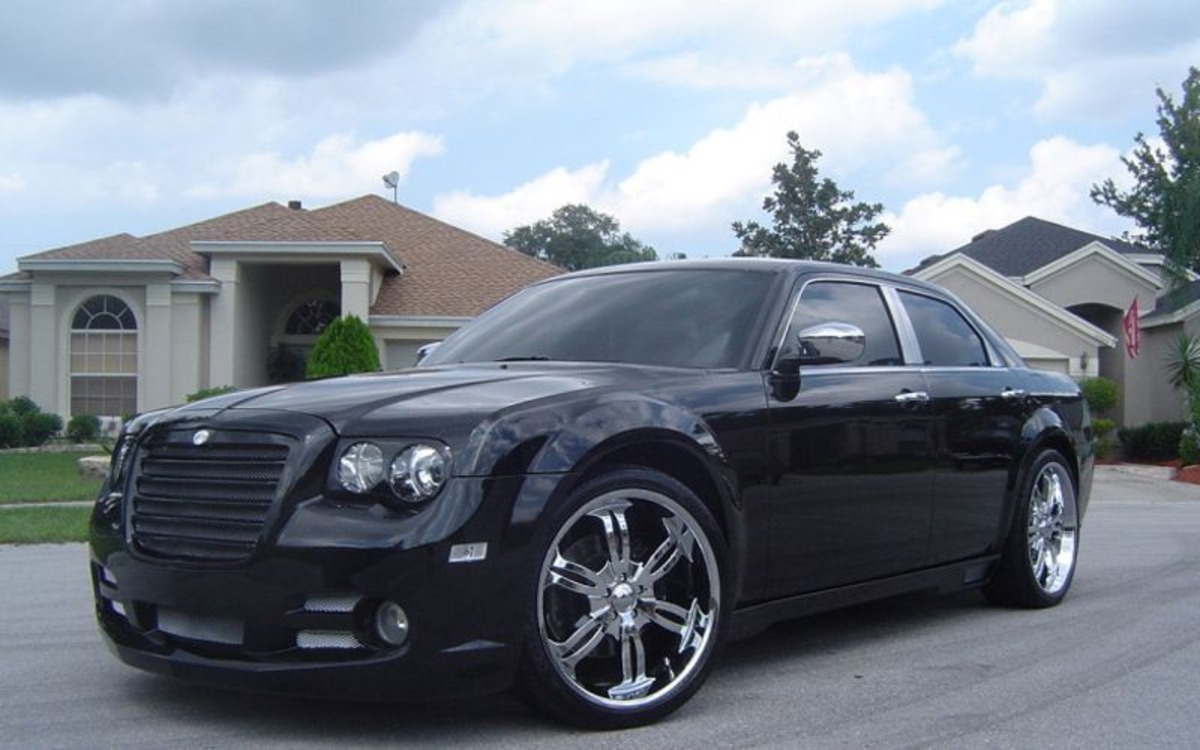
Chrysler Sebring (2001–2006)
The early 2000s Chrysler Sebring was marketed as an affordable midsize option, available in both sedan and convertible forms. While it aimed to be a comfortable cruiser, its interior design failed miserably in terms of aging well.
Cheap-feeling materials, bland design, and questionable ergonomics combined to make the Sebring’s cabin one of the most forgettable and dated of its era.
The dashboard in particular is a low point—dominated by hard, glossy plastics that scratched easily and looked budget-grade even when brand new. The layout is uninspired, with poorly lit displays and flimsy buttons that lack tactile feedback.
Faux wood trim was often applied in an attempt to enhance the space, but it only added to the dated, almost kitschy aesthetic. There was no sense of cohesion or premium feel, even in higher trims.
More troubling was how quickly the interior aged. Sun-exposed dashboards were prone to cracking, upholstery wore thin or tore, and interior panels often loosened over time.
Today, finding a Sebring with an intact, decent-looking interior is a rare feat—and even then, it still feels like stepping into a time warp, and not in a charming way. It’s a textbook example of a car designed for immediate cost-cutting rather than long-term satisfaction.
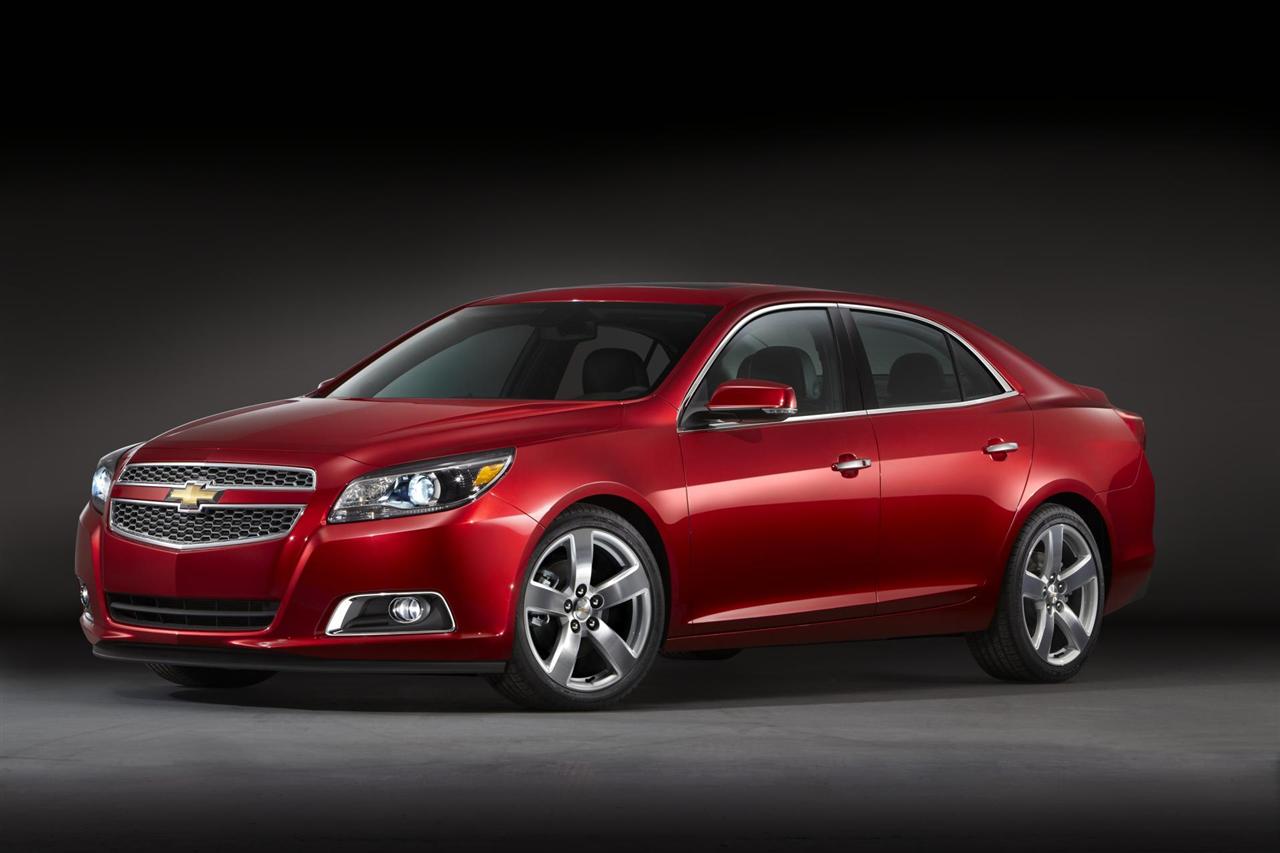
Chevrolet Malibu (2004–2008)
The mid-2000s Chevrolet Malibu was part of GM’s push to reclaim ground in the midsize segment, but it came with an interior that quickly became a liability.
What was meant to be a step forward ended up being a glaring case of missed opportunities. From design to material choice, everything inside the cabin felt dated even when it was new—and it only got worse with time.
The Malibu’s dashboard is blocky and overdesigned, featuring oversized vents, awkwardly placed buttons, and an overwhelming use of low-grade plastics. The instrument cluster lacks clarity, and the center console design feels like an afterthought.
It’s an environment devoid of refinement or identity. There’s also a noticeable lack of insulation, leading to a loud, hollow cabin experience that ages poorly both visually and audibly.
What condemns the Malibu’s interior is how it holds up over time—or rather, how it doesn’t. Surfaces fade, the steering wheel material wears quickly, and buttons often become sticky or unresponsive.
Even when meticulously maintained, the Malibu simply doesn’t project quality or care, making it one of the more disappointing cabins of the era and a reminder that poor interior design leaves a lasting impression, just not a good one.
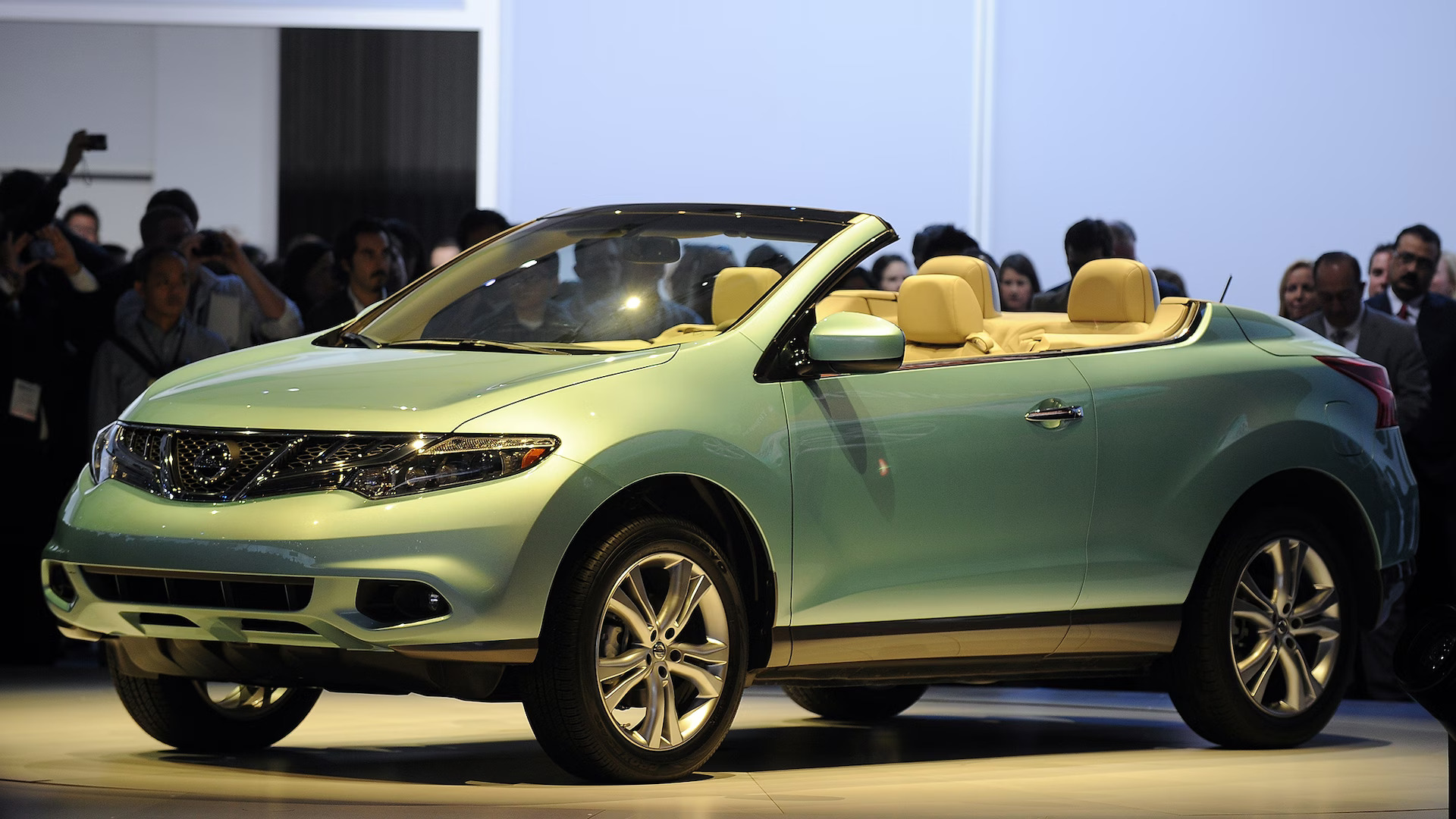
Nissan Murano CrossCabriolet (2011–2014)
The Nissan Murano CrossCabriolet was an odd experiment—a convertible crossover that promised luxury, fun, and uniqueness. Unfortunately, while the concept was bold, the execution—particularly inside—left much to be desired.
Despite its premium price tag, the interior failed to deliver either timeless design or lasting quality, and as such, it aged with startling speed.
Upon first glance, the Murano CrossCabriolet’s interior might seem upscale with its leather seats and faux-wood accents, but closer inspection reveals its shortcomings. The layout is confusing, with an outdated infotainment system and an odd flow to the center stack.
The materials used don’t reflect the vehicle’s aspirational price point, and the aesthetic feels more mid-2000s than early 2010s, even when new. In fact, the technology integration lagged behind the competition almost immediately.
As time has passed, the interior has fared poorly. Controls wear out quickly, sun damage is more prominent due to the convertible layout, and the feel is more gimmicky than genuine. T
oday, it feels like a relic from a very short-lived trend—interesting to talk about, but not something anyone really wants to experience again. It’s an object lesson in how unconventional design needs to be backed up by quality and thoughtful execution.

Toyota Echo (1999–2005)
Toyota’s Echo was designed as a budget-friendly, entry-level car, and its interior made that fact blatantly obvious. While Toyota is generally known for reliability and functional design, the Echo took the idea of simplicity too far.
The interior was stripped down to the basics, with materials and design that haven’t aged well under scrutiny. It was a car built purely for utility, and it showed in every inch of the cabin.
The most glaring issue is the central gauge cluster, which was located in the middle of the dashboard rather than in front of the driver. While innovative in theory, this design choice felt disorienting to many drivers and never truly caught on.
The rest of the dashboard was bland and plasticky, with barely any contour or texture. The seats were thin and uncomfortable, and the fabrics used were prone to staining and wear.
Over time, the Echo’s interior has only become more of an eyesore. The hard plastics discolor, the fabrics pill, and the minimalist design looks less charming and more primitive.
Even fans of utilitarian vehicles often find it hard to defend the Echo’s cabin. It may have been affordable and reliable, but aesthetically and ergonomically, the interior experience was a compromise that hasn’t held up.
Also Read: 10 Best and 10 Worst Cars for Cold Climates & Harsh Climate
Automotive interiors are more than just aesthetics—they’re a reflection of the philosophy and intent behind a vehicle’s design. Cars with timeless interiors manage to transcend eras, often becoming more appreciated as they age.
These interiors focus on quality materials, ergonomic design, and a sense of identity that doesn’t bow to fleeting trends. Vehicles like the W124 E-Class or the Lexus LS 400 prove that thoughtful engineering and restraint can create spaces that continue to impress decades later.
On the other end of the spectrum are interiors that age horribly—victims of poor material choices, overreliance on cheap plastics, or misguided attempts to chase contemporary trends.
Cars like the Pontiac Aztek or Chrysler Sebring remind us that innovation without execution, or cost-cutting without care, results in a driving experience that deteriorates rapidly over time.
While these vehicles may have been functionally sound or even innovative in other respects, their interiors failed to leave a lasting positive impression.
The longevity of a car’s appeal depends heavily on its interior. It’s where owners form their deepest impressions and spend the most time.
As automotive design continues to evolve—moving toward digital interfaces, sustainable materials, and autonomous capabilities—the lessons from both timeless and terrible interiors should guide future innovation. Comfort, quality, and thoughtful design will never go out of style.

